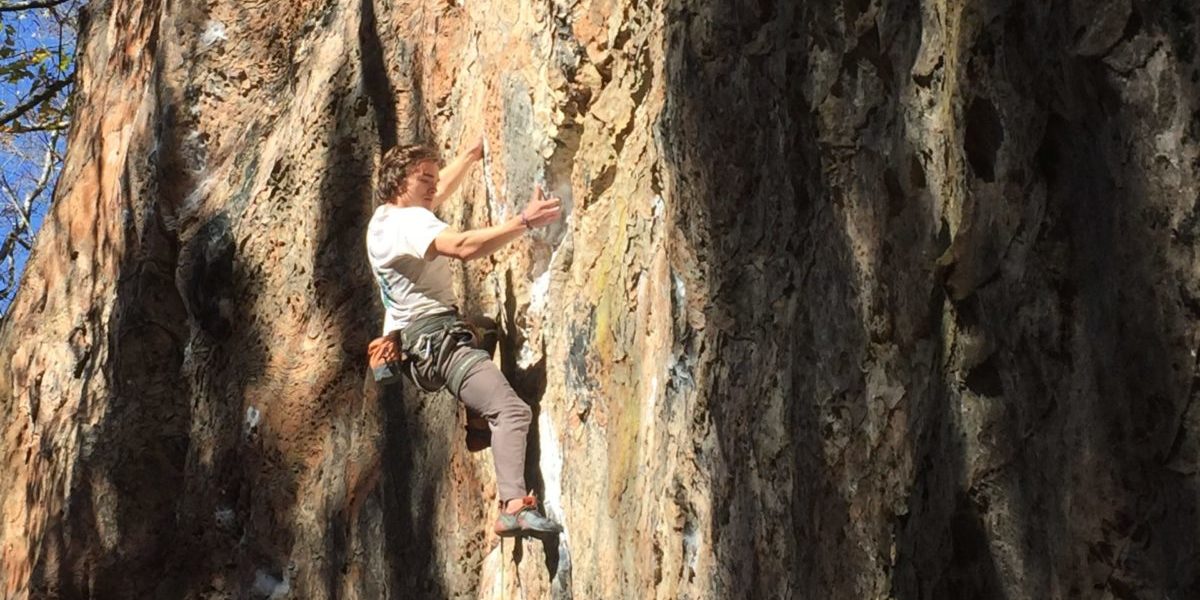In the rock climbing world, there is not much that people fear more than the sound of a “pop” coming from their fingers. That sound means months of rehab and can keep you off the rock for up to six months. But what exactly is happening when you hear that dreaded sound? The fingers are so small, how can one injury to the fingers be so devastating? Let’s dive in.
Continue reading “Rock on, Dude!”Author: cmattson
aging arthritis balance bio-inspired design bone brain concussion extreme conditions feet flying animals growth and development hands healing heart and the cardiovascular system humans impact joints jumping land animals lungs and the respiratory system marine animals martial arts material science medicine muscle other injury other sports pain plants predation prevention prosthetics recovery and rehabilitation robots running skin spine sports injury strength training surgery swimming technology tendons and ligaments treatment walking
